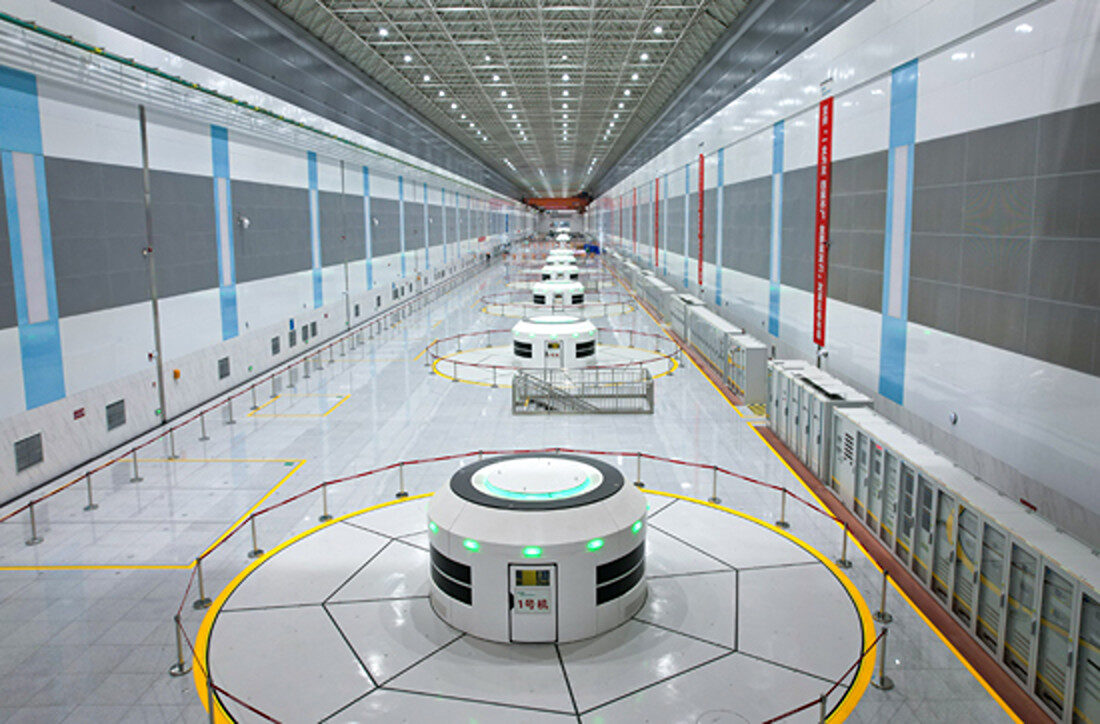Researchers at the Shanghai Jiao Tong University in China have designed an industrial high-temperature heat pump that uses water as the working medium and a waste heat recovery technology.
“By fully utilizing the unique advantages of absorption heat transformers at low temperatures and compression heat pumps at high temperatures, the proposed system can achieve high-temperature lifts while maintaining high energy efficiency and low irreversible losses. This is of significant importance for advancing the application of ultra-high temperature heat pumps in industrial settings,” the research's corresponding author, R. Z. Wang, told pv magazine.
The heat pump system uses waste heat by thermally coupling a water lithium bromide (H₂O/LiBr) absorption heat transformer with a water vapor compression heat pump. “Both the H2O/LiBr absorption heat transformer and the water vapor compression heat pump utilize natural water as the working medium for waste heat recovery and utilization, but they operate based on distinct principles and energy sources,” Wang added.
The system comprises an H2O/LiBr absorption heat transformer sub-cycle, a water vapor compression sub-cycle, and the absorber/evaporator-B serving as the coupling component.
The H2O/LiBr absorption heat transformer sub-cycle primarily includes an absorber, generator, condenser-A, evaporator-A, heat exchanger, pump, and valves. The water vapor compression sub-cycle consists of an evaporator-B, steam compressor, condenser-B, and valves.
The heat transformer is energized by waste heat, while the water vapor compression heat pump uses electricity. To take full advantage of both technologies a hybrid absorption-compression system to integrate the absorption heat transformer sub-cycle with the compression heat pump sub-cycle through thermal coupling, which the scientists said is the key element to achieve substantial temperature elevation and provide ultra-high-temperature output.
“The hybrid heat pump system employs the H2O/LiBr absorption heat transformer sub-cycle to recover low-grade waste heat through heat-driven processes, initially raising the temperature of the low-grade waste heat by over 10 C,” the research team explained.
“Simultaneously, the water vapor compression sub-cycle, powered by electricity, further elevates the temperature of the upgraded waste heat, achieving an output of 180 C.”
The academics simulated the performance of a 100 kW system under different waste heat temperatures and coupled temperatures. The analysis showed that when waste heat temperature is between 70 C and 90 C, the evaporation temperature in the absorber increases from 100 C to 170 C. Meanwhile, with evaporation temperatures spanning from 110 C to 140 C, the waste heat temperature climbs from 68 C to 90 C.
They also found that the system coefficient of performance increases when evaporator temperatures are higher. For example, when this temperature reached 110 C the COP value was 2.48, while at 140 C it achieved a COP of 2.81.
“Overall, enhancing the waste heat temperature and evaporator temperature in the absorber is key to improving the system COP,” they further explained. “Additionally, simulation results demonstrate that performance evaluation parameters including COP, second law efficiency, and exergy efficiency exhibit maximum values, which are influenced by both the evaporator temperature and the waste heat temperature.”
The novel system was introduced in the study “Performance investigation of a new hybrid high-temperature heat pump with natural water medium,” published in Energy.
Looking forward, the researchers said they intend to optimize the two interconnected sub-cycles, which require more advanced control strategies, precise operational conditions, and careful system design. “This may increase the initial investment and maintenance costs, as well as the need for specialized technical expertise to ensure smooth operation,” they warned. “Therefore, future research should focus on simplifying the system design without compromising performance and developing user-friendly control mechanisms that enhance system usability and facilitate broader industrial adoption.”
This content is protected by copyright and may not be reused. If you want to cooperate with us and would like to reuse some of our content, please contact: editors@pv-magazine.com.




By submitting this form you agree to pv magazine using your data for the purposes of publishing your comment.
Your personal data will only be disclosed or otherwise transmitted to third parties for the purposes of spam filtering or if this is necessary for technical maintenance of the website. Any other transfer to third parties will not take place unless this is justified on the basis of applicable data protection regulations or if pv magazine is legally obliged to do so.
You may revoke this consent at any time with effect for the future, in which case your personal data will be deleted immediately. Otherwise, your data will be deleted if pv magazine has processed your request or the purpose of data storage is fulfilled.
Further information on data privacy can be found in our Data Protection Policy.